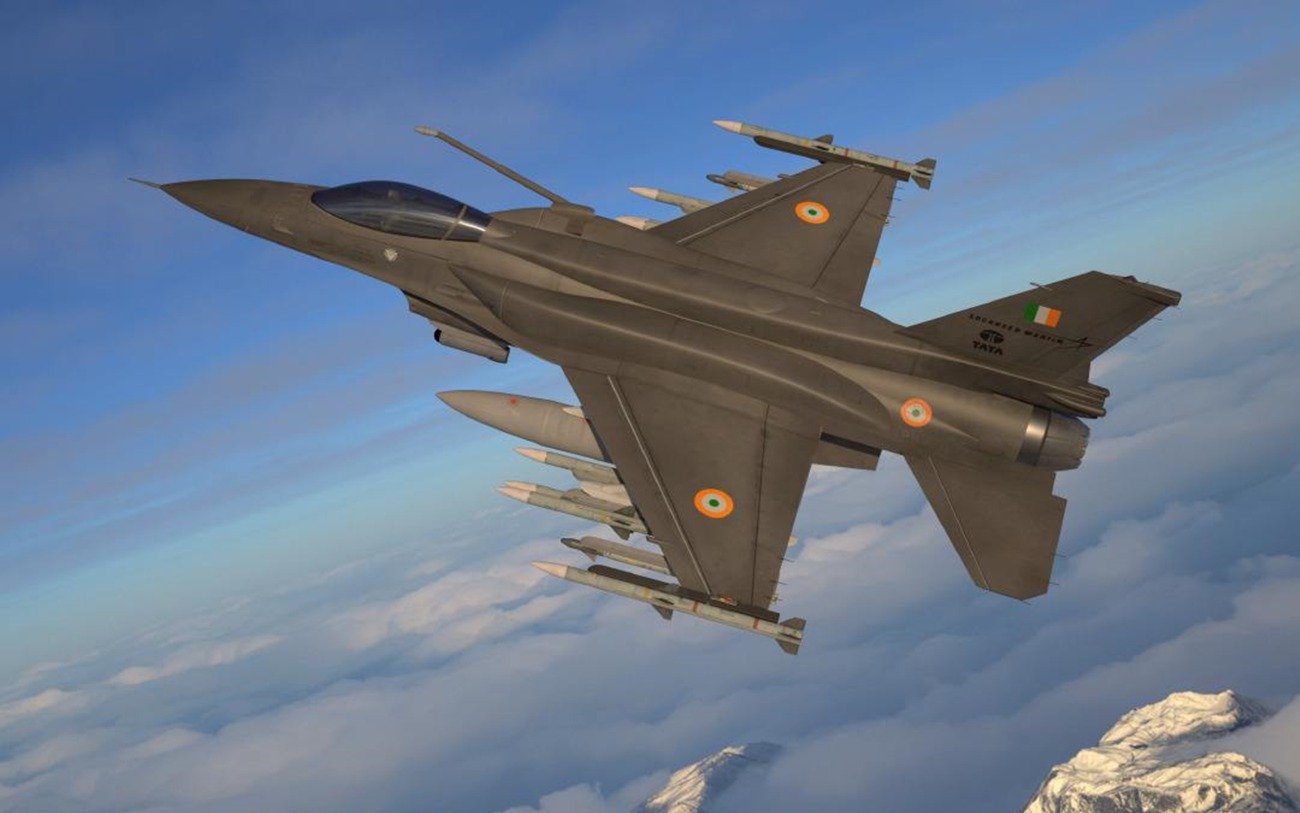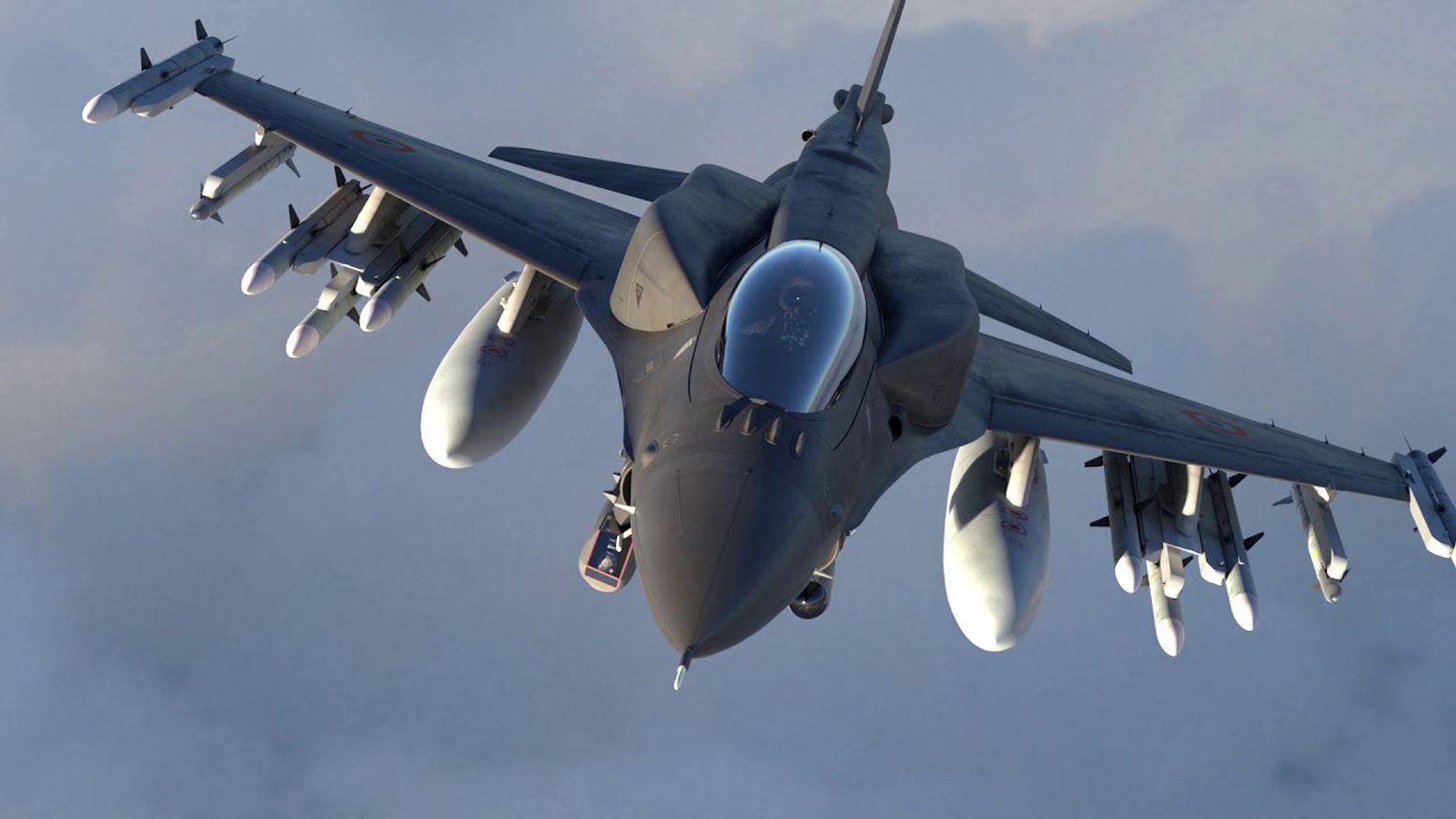The F-21 Fighter Could Be a Game Changer for India
The Lockheed Martin F-21 is a highly upgraded version of the F-16, tailored specifically for India's defense needs. Although not a fifth-generation fighter like the F-22 Raptor, the F-21 is a fourth-generation ++ aircraft that incorporates advanced technologies, making it a formidable hybrid.
Summary and Key Points: The Lockheed Martin F-21 is a highly upgraded version of the F-16, tailored specifically for India's defense needs. Although not a fifth-generation fighter like the F-22 Raptor, the F-21 is a fourth-generation ++ aircraft that incorporates advanced technologies, making it a formidable hybrid.

-The F-21 features enhancements like new cockpit displays, conformal fuel tanks, and compatibility with India's Russian-made aerial tankers.
-If India proceeds with the proposed $18 billion deal for over 100 F-21s, it would significantly boost India's air force capabilities, enhance interoperability with Western defense systems, and reduce reliance on Russian military equipment.
The F-21: India’s Answer to the F-22?
At what point does an upgrade simply create a new plane altogether? That’s the question that comes to mind when thinking about the Lockheed Martin F-21 that India wants to purchase. The F-21 is not as well-known as the F-22 Raptor. But it should be.
While not a fifth-generation fighter as the F-22 is, the F-21 is a fourth-generation ++ warplane that serves as a hybrid between the two generations. The F-21 is based on the ubiquitous F-16, but it might be more F-22 and less F-16, which, for India, would be a very helpful thing.
Understanding the F-21
For the F-21, Lockheed “has upgraded [the plane] with new cockpit displays, conformal fuel tanks, a larger air frame spine that can accommodate additional electronics, fittings for towed radar decoys, a new infrared sensor and a refueling probe that’s compatible with India’s Russian-made aerial tankers,” according to a 2019 article by David Axe.

Some analysts hold that Lockheed’s F-21 is really “only a step behind” the F-22. That’s an incredible thought, especially considering how much cheaper the F-21 is.
The purchase of the F-21 is part of the Make in India policy enacted by the government of Indian Prime Minister Narendra Modi. The goal is to ensure key systems are built in India, both to enhance the security of supply chains and to modernize India’s defense sector.
The Geopolitics
The F-21 program ensures that in very practical ways, the Indian military no longer relies on Russia for its major strategic systems. Since India achieved its independence, Indian elites have remained firmly aligned with Russia.
During the Cold War, as a “non-aligned” nation, India enjoyed special access and privileges in the Soviet Union. This ensured India would receive top-of-the-line military equipment and training from Moscow.
Despite the USSR being the special relationship between India and Russia persisted for decades.
Indeed, old habits die hard.
Even as the Indian government looks to pivot away from Russia and to diversify its defense relations, India has backstopped the Russian war machine in Ukraine by purchasing excess Russian energy products that were sanctioned by the West. That’s less to do with supporting Russia and more to do with simple self-interest on the part of Indian leaders. Their country benefits mightily from purchasing affordable, abundant, and reliable sources of energy from nearby Russia.
But incorporating India into the F-16 family would ensure that, in the long-run, India became a distant partner to Russia and a much closer one to the West. Plus, India would gain significant advantages in terms of interoperability with Western defense systems.

The F-21 program, if it is fully realized, would give India decisive competitive advantages over their chaotic Pakistani rivals and their rising Chinese foes. The F-21 would give India’s air force a big boost in deterring China as tensions along their shared border continue.
Between the new technologies and the boon to India’s defense and its industrial sector, the sooner that New Delhi executes a proposed deal with Lockheed and gets more than 100 planes at $18 billion, the better off everyone will be.
Author Experience and Expertise: Brandon J. Weichert
Brandon J. Weichert, a National Interest national security analyst, is a former Congressional staffer and geopolitical analyst who is a contributor at The Washington Times, the Asia Times, and The-Pipeline. He is the author of Winning Space: How America Remains a Superpower, Biohacked: China’s Race to Control Life, and The Shadow War: Iran’s Quest for Supremacy. His next book, A Disaster of Our Own Making: How the West Lost Ukraine, is due October 22 from Encounter Books. Weichert can be followed via Twitter @WeTheBrandon.
All images are Creative Commons or Shutterstock.
From the Vault
Russia Freaked Out: Why the U.S. Navy 'Unretired' the Iowa-Class Battleships
Battleship vs. Battlecruiser: Iowa-Class vs. Russia's Kirov-Class (Who Wins?)
Image Credit: Creative Commons and/or Shutterstock.


